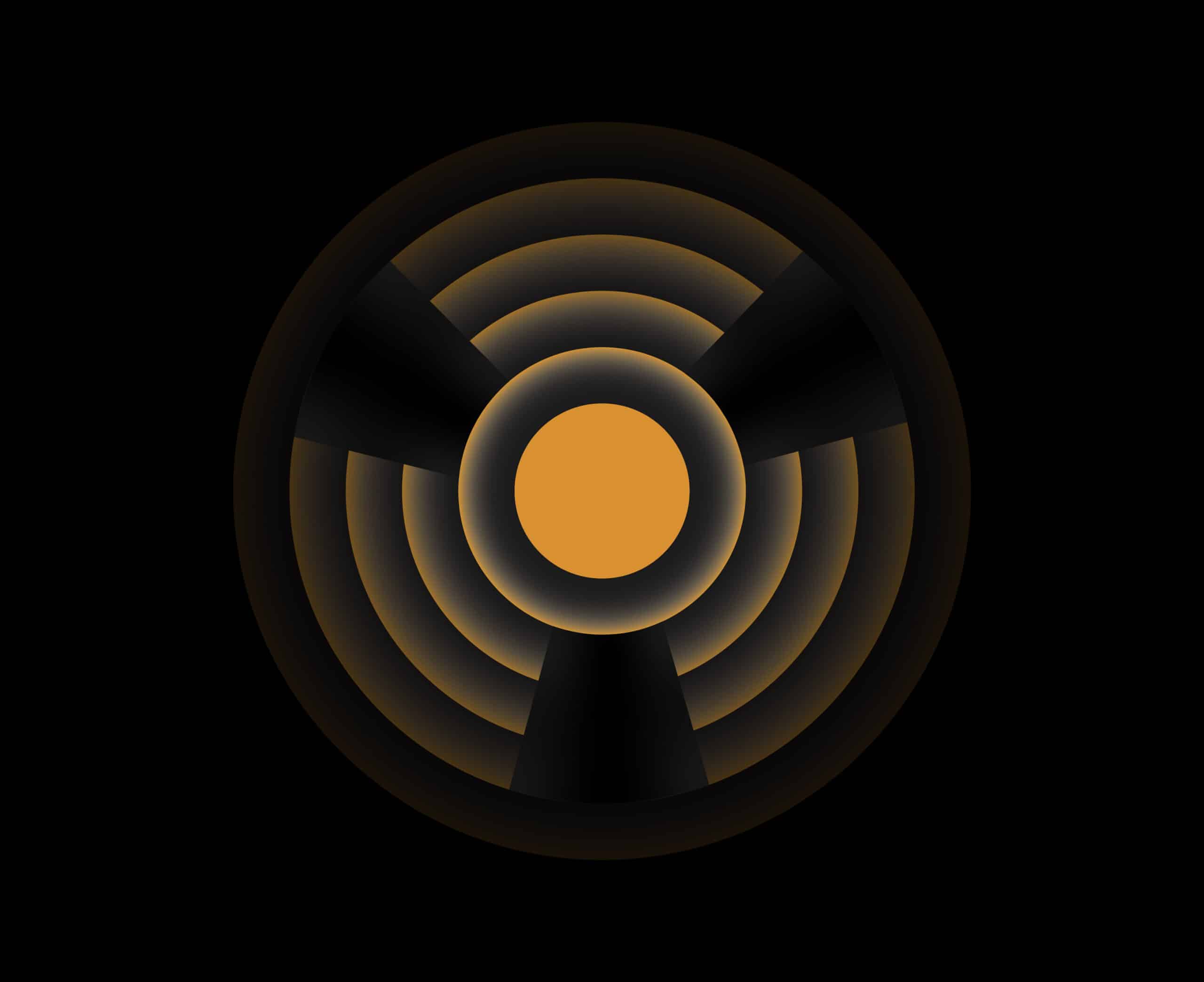… underground music service of the Lin Broadcasting Corporation …
[Description by contributor Russell Wells]
Beaker Street is an Arkansas institution which began quite literally as a cost-cutting move for 50,000-watt KAAY. Radio stations which had directional antennas were required to have an engineer on duty at the transmitter all the time. However, KAAY had studios in downtown Little Rock, and station brass didn’t want to pay two people during graveyard shift, so they had the engineer do the show from the transmitter (located in the small town of Wrightsville). It was 1966, and the overnight engineer wanted to do something different, based on the emerging “underground” FM formats on the west coast. The managers basically said “Just go do it, and leave us alone!”
Nobody expected much to come of this experiment, dubbed “Beaker Street” (legend has it the name is a drug reference – LSD was mixed in beakers). It was the station’s 50,000-watt nighttime signal, blanketing Canada down to Central America, and through the midsection of the U.S., which carried Beaker Street, and the rest of KAAY, to fame. Concert promoters bought time on Beaker, advertising events in places like Iowa, where KAAY had a large share of the nighttime audience. The show brought the likes of Pink Floyd, Jethro Tull and Joan Baez to mid-America, exposing them to such music for the first time.
Why the background music during the breaks? It came into being because the poorly-insulated makeshift control room was close to the giant 50-kW RCA transmitter, and required huge cooling fans which made a racket. The music bed helped cover the roar of the fans! (The “music” is a 17-minute acid trip called “Cannabis Sativa” by a group called Head).
Beaker lasted until the mid ’70s, and was put in mothballs until 1987, when Clyde Clifford revived the program on an FM station in Little Rock. Today, it still goes strong, as a Sunday night fixture on KMJX (Magic-105) in Little Rock.

